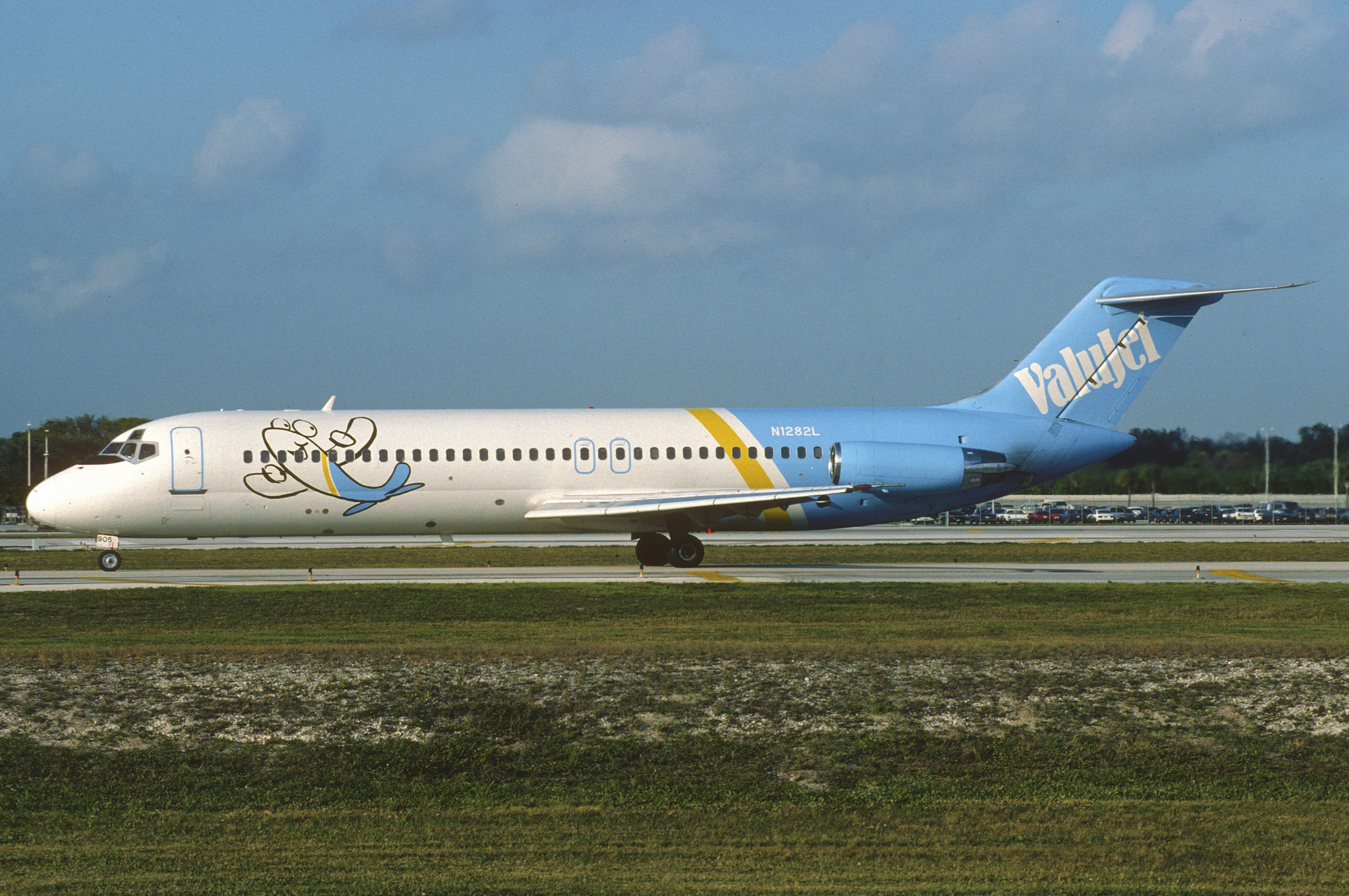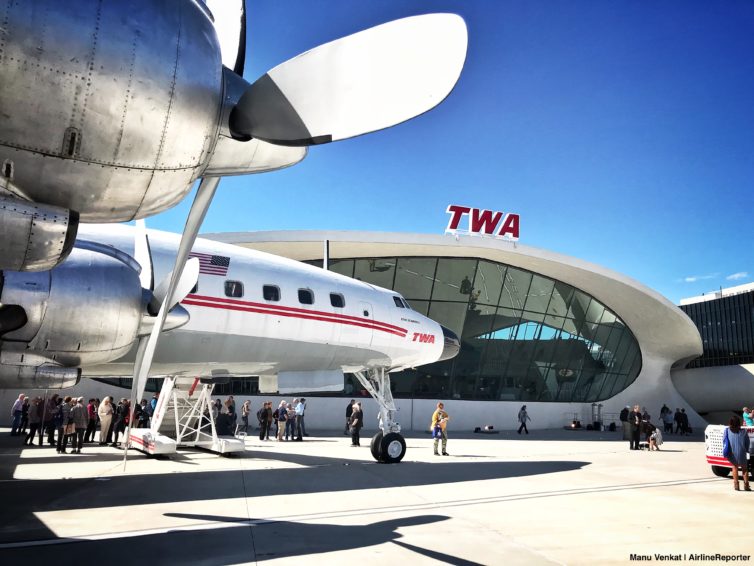
Is there a list of AvGeek wonders of the world? Probably not, but if there was, the new TWA Hotel at New York’s JFK International Airport was trying from the outset to make it onto the list. Initially I was worried that the project — build around the historic TWA Terminal at JFK — might be a victim of stratospheric expectations. But from the moment I walked into the historic gem of a building it was clear that the attraction was everything we all wanted it to be, and more.

Just like the beautifully restored Lockheed Constellation sitting on the premises, the TWA Hotel fires on all cylinders. It’s as much a museum as a hotel, with tons of exhibits about the jet age’s golden years. The staff is having a total blast, with 60’s-style uniforms to match. There’s even an infinity pool on the roof with an incredible view of the ramp and runways. I mean seriously, how can you beat all that??
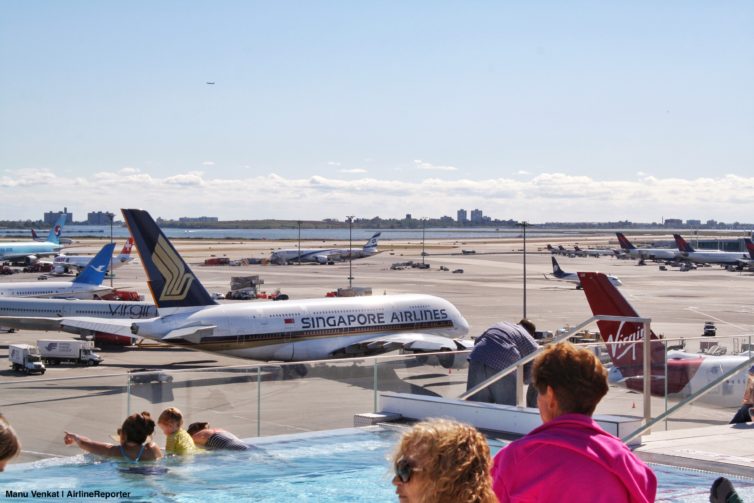
If by this point you’re not itching to click the “Read More” button — and see all the photos and videos we took during our visit — we’re questioning your AvGeek credentials. Enjoy!
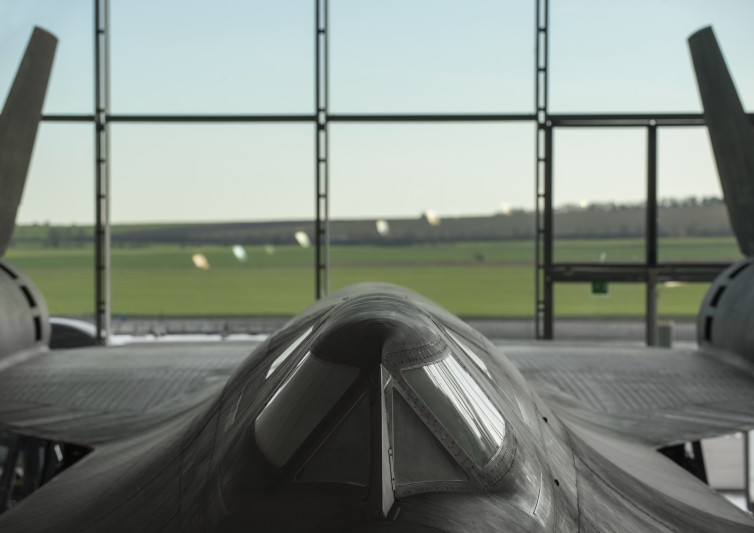
Lockheed SR-71A Blackbird – Photo: American Air Museum | IWM Duxford
Recently, I was delighted to get an invite to the Imperial War Museum’s (IWM) inaugural re-opening of its American Air Museum (AAM) at Duxford in Cambridgeshire. The AAM opened to the public on Saturday 19 March 2016, after being closed for 12 months for major redevelopment work. I had the opportunity to get a sneak preview and to talk to some honorary guests, whose legacies form part of the new exhibition. A midweek event meant my trusty photographing sidekick of a son could not join me due to school. Given half a chance, he would probably have skipped to come with me.
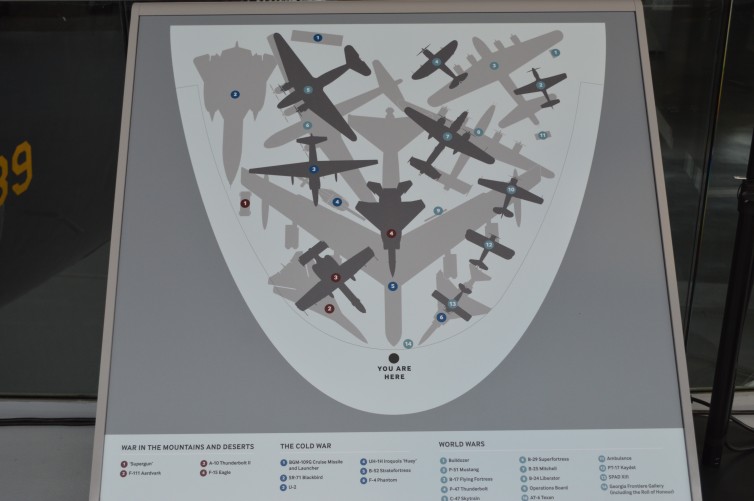
Packed flight plan – Photo: Alastair Long | AirlineReporter
The AAM is housed in a concrete semi-conical building with a glass front that faces the airfield and, as you can see from the AAM’s floor plan above, it’s packed full of aircraft that showcase some of the very best in US historical aviation.
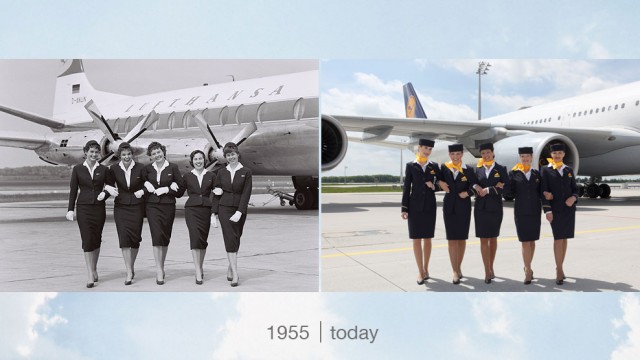
Come fly with Lufthansa! – Photo: Robert Schadt & Lufthansa
Roughly sixty years ago, on June 7, 1955, Lufthansa commenced long-haul service with a flight from Hamburg, Germany to New York City. To celebrate the anniversary, Lufthansa recreated a series of classic photos from throughout the years.
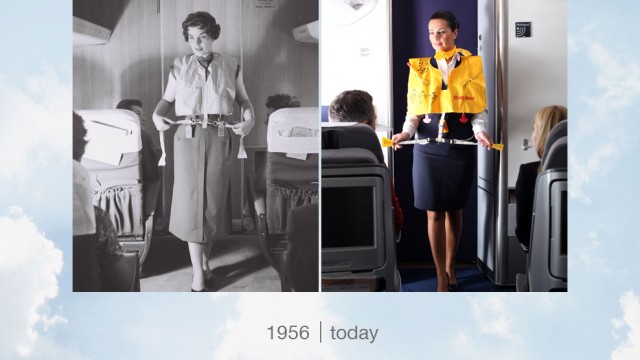
Safety first! Demonstrating life jackets – Photo: Robert Schadt & Lufthansa
How much has changed over the intervening six decades? Here are some fun facts, according to the airline:
- What began as two long-haul flights a week from Germany to New York, taking 20 hours for the trip (including a stop in Dusseldorf and a refueling stop in Ireland), has evolved and expanded over the years into the present 104 Lufthansa long-haul flights to 77 destinations worldwide, per day.
- With its four Super Constellations, Lufthansa carried 74,040 passengers in its first year of long-haul operations, with 18,420 of them crossing the North Atlantic. Today, Lufthansa’s long-haul fleet consists of more than 130 state-of-the-art aircraft, which carry over 15 million passengers per year – more than two-and-a-half million of them to and from the U.S.
- At the equivalent of approximately three month’s salary, the price of a transatlantic Economy Class ticket, back then, kept the experience of flying with Lufthansa exclusive, only possible for a small and affluent circle of people. Today, a round-trip Economy Class ticket for a flight with Lufthansa to the eastern United States can cost as little as one-third of a monthly salary.
Check out some additional historical photos, brought more up-to-date…
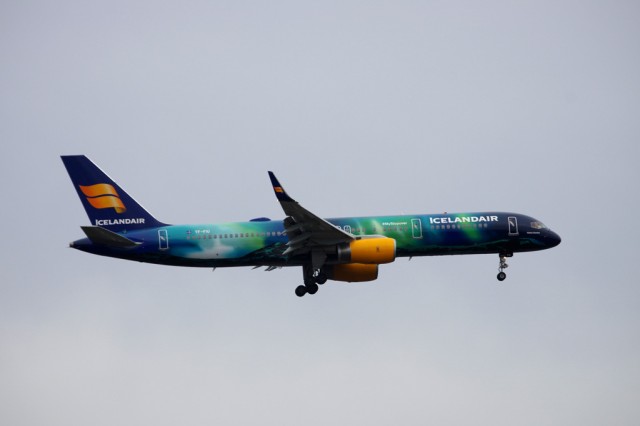
Icelandair use 757s to connect their hub in Reykjavik to European and North American destinations – Photo: Mal Muir | AirlineReporter
What has been the most talked about aircraft as of late in aviation circles? I would have to say it is the Boeing 757 — an aircraft that seems irreplaceable. This aircraft is beloved by some, hated by others, and yet so many people have flown them, no matter where you are from (unless you are Australian, then it’s going to be rare). I can remember the first time I saw a 757 (Royal New Zealand Air Force at Avalon Airshow); I can also remember my first flight on a 757 (United P.S from JFK to LAX). I’ve got so many wonderful memories of the 757 that I wanted to take a little trip down memory lane and bring you all along with me.
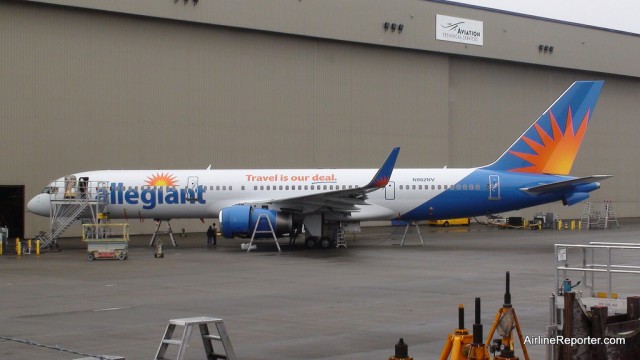
One of Allegiant Air’s Boeing 757s (N902NV) while still in Everett, WA – Photo: David Parker Brown
The Boeing 757 was the last clean-sheet narrow-body aircraft to come out of the Seattle area. The aircraft was produced in Renton and, much like myself, the 757 was an 80’s baby. Rolled out on January 13, 1982, it took flight just over a month later on February 19th. Deliveries of the 757-200 began in December 1982, less than a year after roll-out, with the launch customer being Eastern Air Lines for North America (since dissolved and now reappeared) and British Airways for Europe. The aircraft was last delivered in 2004, after over 22 years of production. The final aircraft was delivered to Shanghai Airlines, giving the 757 family a total of 1,050 of the type.
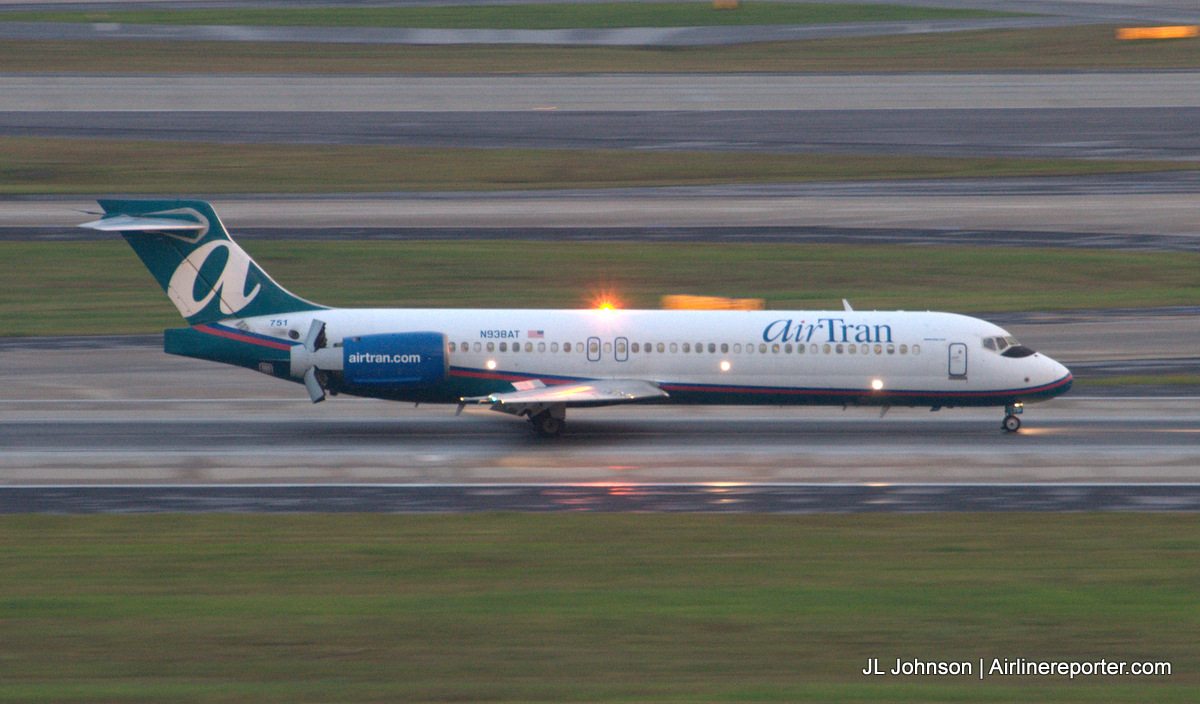
An AirTran Boeing 717 lands in Atlanta
On December 28, 2014, AirTran flight 1 departed Atlanta for Tampa, retracing the airline’s first flight and bringing an end to its remarkable history. I had the honor of being on that last flight and I am excited to share my story. But before I discuss the end of “the big little a” I’d like to first revisit the airline’s history. Because only through knowledge of the airline’s legacy can we truly understand the significance of AirTran’s retirement and integration into Southwest Airlines. So sit back, relax, and enjoy.
ValuJet: Fun and friendly’¦ And perhaps a bit dangerous.
AirTran traces its roots back to ValuJet, an Atlanta-based upstart with dreams of chipping away at Delta’s dominance right in its own backyard. Operations commenced with just a single DC-9, and its first flight was from Atlanta to Tampa on October 26, 1993. In just over a year the airline was solidly profitable and its route map had grown to 17 cities. But fast growth and aggressive cost-cutting practices quickly caught up to the Critter (ValuJet’s FAA call sign.) In the first few years of operation, the small airline had a markedly-high percentage of emergency landings, compared to its peers. In addition, an FAA study indicated that ValuJet dominated the accident data for low-cost carriers.
On May 11, 1996, ValuJet flight 592 went down en-route from Miami to Atlanta; all 110 on board were lost. This tragic, high-profile accident would focus attention on the airline, its maintenance practices, and ultimately lead to its grounding. After a month of investigations by the FAA, which reveled “serious deficiencies in its operation” ValuJet would voluntarily halt operations. But this wasn’t the end for the fledgling airline that had lost its way. Instead, it was just the beginning.










